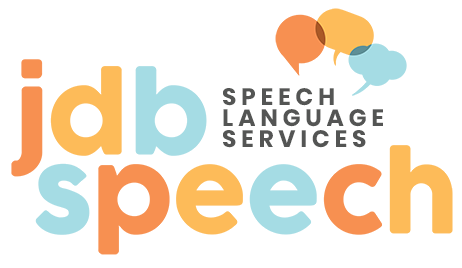Different Types of AAC
Augmentative and Alternative Communication (AAC) systems can be either aided or unaided. Aided forms of AAC require some sort of external tool. This tool can be electronic (high-tech) or nonelectronic (low-tech).
Examples of some high-tech AAC systems are speech generating devices, with AAC software, such as Proloquo2Go, TouchChat, LAMP (and many more) which can be used on a tablet, computer, or phone, and recordable or digitized devices.
Examples of low-tech systems include pictures, objects, writing, and communication boards or communication books, such as PECs.
Unaided forms of AAC are considered to be no tech systems, as they do not require an external tool. Some examples of unaided AAC are gestures, manual signs, facial expressions, vocalizations, verbalizations, and body language. Many students use a combination of aided and unaided AAC systems to maximize their communication abilities.
There is NO prerequisite when making the decision to implement an AAC system. It has not been proven that children must have an understanding of cause and effect before introducing an AAC system. In fact, current research shows that the child does not even need to have an intent to communicate prior to using an AAC system. The introduction of an AAC system can help to foster these skills and abilities, while promoting cognitive development, providing a foundation for literacy, and improving social skills (Drager et al., 2010).
Have a great day!
Jill

